- New In
-
Dining
-
Dining Table Sets
 Dining Set Builder
Dining Set Builder
 Dining Table and Chairs
Dining Table and Chairs
 Dining Table and 4 Chairs
Dining Table and 4 Chairs
 Dining Table and 6 Chairs
Dining Table and 6 Chairs
 Dining Table and 8 Chairs
Dining Table and 8 Chairs
 Dining Table and 10 Chairs
Dining Table and 10 Chairs
 Dining Table with Benches
Dining Table with Benches
 Painted Dining Table and Chairs
Painted Dining Table and Chairs
 Ceramic Dining Table and Chairs
Ceramic Dining Table and Chairs
 Round Dining Table and Chairs
View All
Dining Tables
Round Dining Table and Chairs
View All
Dining Tables 4 Seater Dining Tables
4 Seater Dining Tables
 6 Seater Dining Tables
6 Seater Dining Tables
 8 Seater Dining Tables
8 Seater Dining Tables
 10 Seater Dining Tables
10 Seater Dining Tables
 Extendable Dining Tables
Extendable Dining Tables
 Round Dining Tables
View All
Dining Room Furniture
Round Dining Tables
View All
Dining Room Furniture Sideboards
Sideboards
 Dressers
Dressers
 Larders
Larders
 Display Cabinets
Display Cabinets
 Painted Dining Room Furniture
Painted Dining Room Furniture
 Console Tables
Console Tables
 Side Tables
Side Tables
 Home Accessories
Home Accessories
 Furniture Wax and Care Kits
View All
Furniture Wax and Care Kits
View All
-
- Living
- Sofas
-
Bedroom
-
Bedroom Furniture
 Bedside Tables
Bedside Tables
 Blanket Boxes
Blanket Boxes
 Chest of Drawers
Chest of Drawers
 Desks
Desks
 Dressing Tables
Dressing Tables
 Tallboys
Tallboys
 Wardrobes
View All
Mattresses
Wardrobes
View All
Mattresses All Mattresses
All Mattresses
 Single Mattresses
Single Mattresses
 Double Mattresses
Double Mattresses
 King-Size Mattresses
King-Size Mattresses
 Super King-Size Mattresses
Super King-Size Mattresses
 Pillows
Pillows
 Harrison Spinks Mattresses
Harrison Spinks Mattresses
 OFL Mattresses
OFL Mattresses
 Relyon Mattresses
Relyon Mattresses
 Sealy Mattresses
View All
Sealy Mattresses
View All
-
-
Ranges
-
Accessories
-
Offers
- Clearance
Choosing furniture for different shaped living rooms
Inspiration Station - Living Room

Faced with an odd-shaped living room, you may find yourself scratching your head, wondering what you can do to get your space to work for you and your furniture. There are a few culprits that make your space awkward and the solution for each one is different, however we recommend you:
- Deal with difficult corners first
- Get storage off the floor
- Avoid overcrowding
- Claim back wasted space
Whether it’s small, open planned, L-shaped or just has a few tight, tricky corners that are difficult to get around, we have you covered with a selection of versatile ideas for your irregularly shaped living room.
Very small living room ideas
Those with cosy living rooms will want to maximise seating, and the best way to do this is to begin with establishing zones. This involves deciding what needs to take place in the room, be it a TV-watching area or maybe even two seperate seating areas: you’ll always want multiple spots where you can kick back and relax. Next, divide your living room based on the functions it needs to serve and these are your zones; they’ll help you organise and utilise your space much better.

If you want to go for a long sofa that follows alongside the wall, make sure it’s not right up against it. Small rooms benefit from a bit of airflow as it creates the illusion of roominess in even the most snug of spaces. In this case, don’t place the rest of your sofa set opposite its centerpiece, but establish openness and arrange your armchair, accent seating or loveseat at a perpendicular angle.
Storage ideas for a small living room
The key with small living rooms is to utilise anything but floor space. Shelves, tallboys and units like bookcases that go up instead of out will all do their part in providing use without swallowing up the room. Multipurpose furniture - just like a storage footstool, for example - will also make a world of difference.
Open plan kitchen/dining living room designs
If your communal spaces are open plan, the size and shape of your dining room table shouldn’t be a design afterthought. Think beyond your traditional dinner table and consider something circular: a round table saves space while also giving your home a fresh, contemporary look and transform dining into a more intimate experience. Alternatively, if you only need room for more diners on special occasions, opt for an extendable dining table that’ll only increase its capacity when needed.

Maybe you don’t just have a kitchen-diner, maybe you have a living-kitchen-diner. Here’s where the zones you should be creating really make a difference; either use a corner sofa with one side backing onto the kitchen to partially separate the two areas without entirely closing them off from each other. Or face the sofa into the room, to make a social space which is perfect for family life and entertaining.
L-shaped living room furniture ideas
Another way to use a corner sofa is in an L-shaped living room. Again, the corner sofa naturally separates its surroundings into zones: for example, the sofa and TV against a reading nook or dining table. A great trick is to underline the separation of space by using a well-chosen area rug. We even have corner TV cabinets in a variety of styles and oak grains to benefit awkwardly shaped rooms.
Attic and sloped ceiling living room
Perhaps you have a loft conversion or just a home that refuses to conform to ‘normal’ shapes - and that’s okay. There are still plenty of options for attic and sloped ceiling homes. Your furniture needs to be low so as to fit adequately into the space, so options like blanket boxes are useful here, as are low-platformed sofas and chairs that help draw attention away from the ceiling and create the illusion of expansion. Remember to avoid overcrowding the area to prevent a cramped feel.

Because the slanted ceilings can make a room feel smaller, all your tricks will want to make the room appear larger. A clever one is reducing shadows and contrast to help eyes be drawn across the room, preventing them from being pulled into walls, corners and angled ceilings. Use mirrors to bounce light across the room, make best use of natural light from windows and illuminate dark corners with lamplight.
Narrow living room solution
In a long and slim living room, you’ll want to avoid a tunnelling effect but not obstruct the sparse amount of space available. First, devise a walkway along one side of the room for ease of access and then arrange your furniture with this at the forefront of your mind. Again, cabinets and units that go up instead of out will be of paramount importance to your design.

However, you may be thinking that’s a lot of straight, clean lines. Add versatility and a bit of dimension to your space with circular furniture which will distract from the long and narrow edges which will populate this sort of space.
Ways to fill awkward corners

Empty corners can make a home feel incomplete. Maximise their potential with a sideboard, though you’ll probably want one on the small side if the corner is oddly-shaped. Desks can also be a good option if you’re struggling to add ample space for productivity and, if this is just a bit too clunky, use a dressing table as a makeshift desk.
Add colour and personality to the corner with a houseplant collection, creating your very own urban jungle. Or, for something more playful, a bookcase and beanbag to form a reading corner.
Ways to use wasted space in a living room
Especially when space is at a premium, you’ll need to be creative about how to use it so no design opportunities go to waste. Many of our console tables are slim, meaning they could easily fit behind a sofa in an open-plan arrangement without looking out-of-place in the room’s layout.
Have you considered using the features of your home to your advantage? For example, your window sill can act as a shelf for books, houseplants, candles and more. Or, if you’re lucky enough to have a beautiful bay window, layer it with pillows and blankets for the ultimate cosy respite.
Explore our living room furniture today and browse all our seating, sideboards, console tables and more to find pieces that are a perfect fit in your dream home.
More Inspiration

Our TV Ads
Discover our latest TV ads, showcasing our extensive furniture collections, all made with longevity in mind.
Find out more »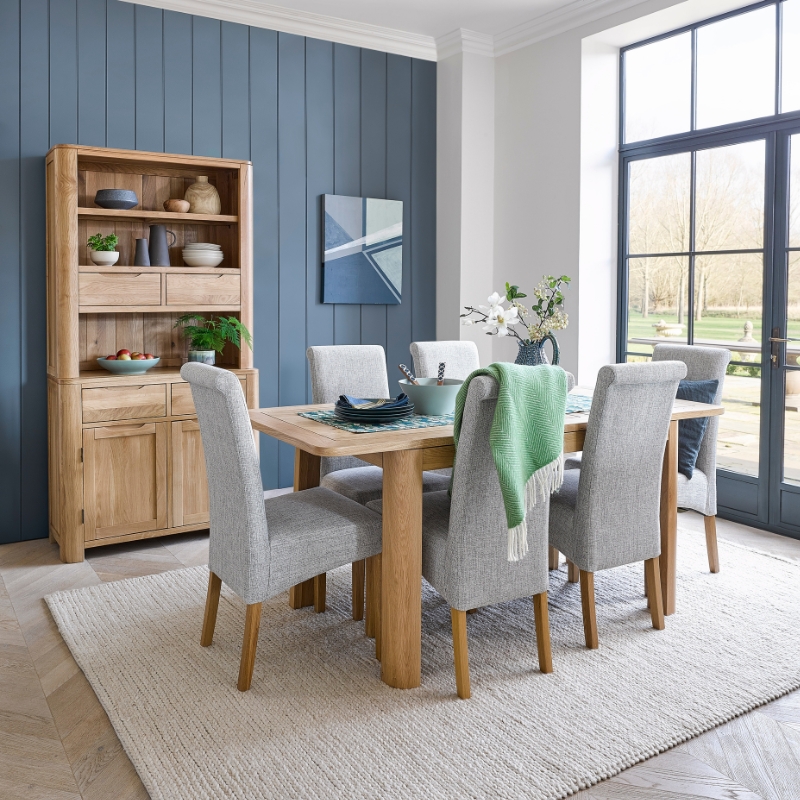
Quality you can trust
From hardwood cabinetry to durable upholstery, check out our stylish designs and discover the quality that sets our furniture apart.
Learn more »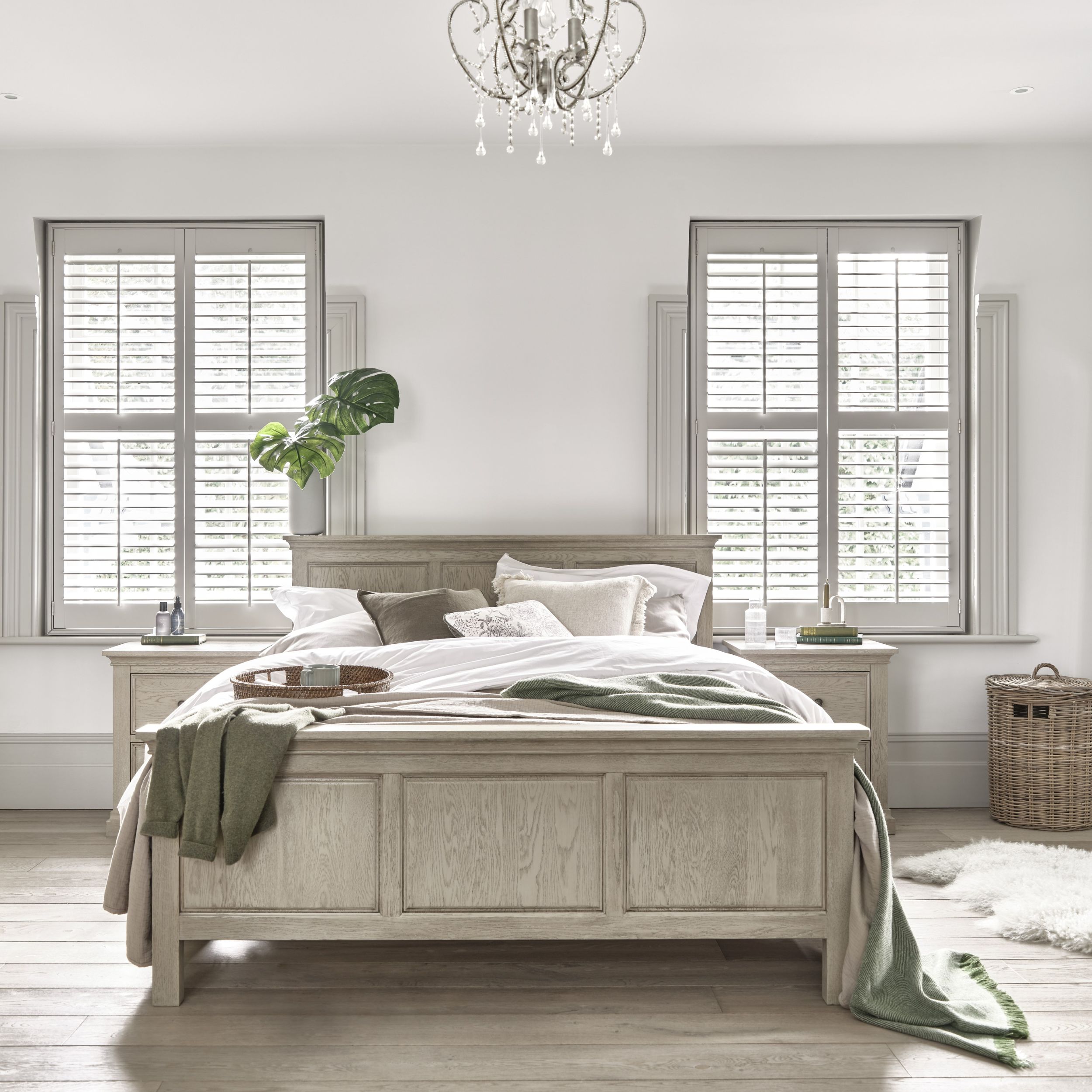
Furniture guides
Our helpful Furniture Guides provide you with extra in-depth knowledge on our products, services, and even key interior decorating tips!
Discover more »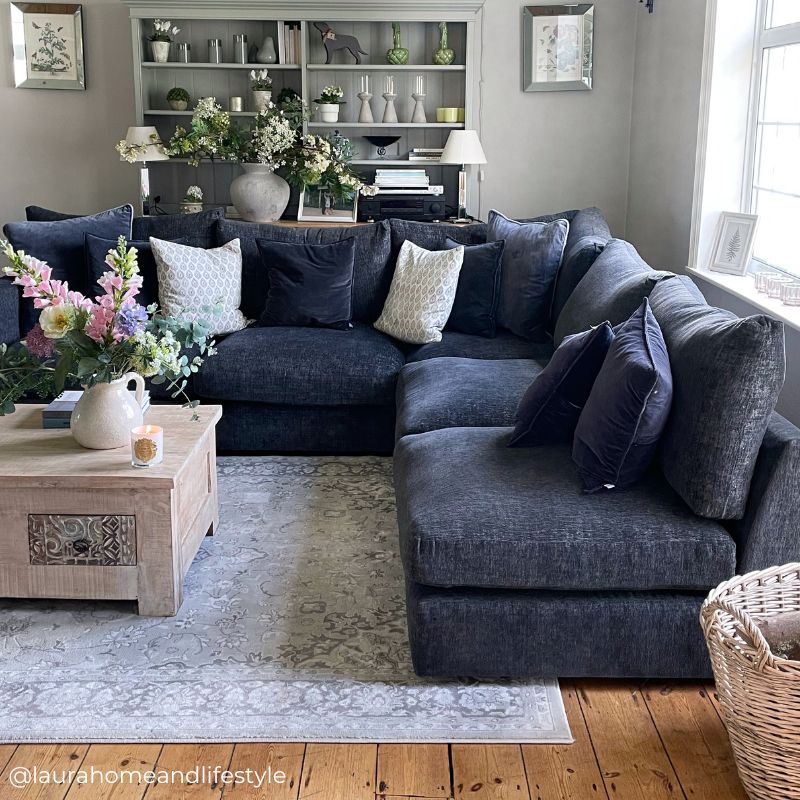
Our blog
From inspiring trend-led tips to Q&As with interiors experts, head to our blog to pick up handy style ideas for every room.
Read more »Your #OakFurnitureLand Style
X
Chat online with our team
You can request a callback from our team as an alternative
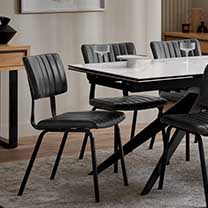
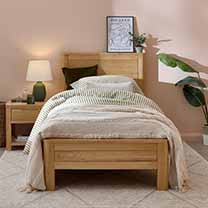
.jpg)
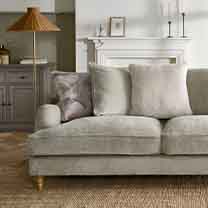

 Fabric Dining Chairs
Fabric Dining Chairs
 Oak Chairs
Oak Chairs
 Painted Dining Chairs
Painted Dining Chairs
 Benches and Stools
Benches and Stools
 Bookcases
Bookcases
 Coffee Tables
Coffee Tables
 Hallway Furniture & Storage
Hallway Furniture & Storage
 Nest of Tables
Nest of Tables
 Rugs
Rugs
 Shelving Units
Shelving Units
 Shoe Storage
Shoe Storage
 Sofas
Sofas
 Storage Cabinets
Storage Cabinets
 TV Units
TV Units
 Painted Living Room Furniture
Painted Living Room Furniture
 All Sofas
All Sofas
 2 Seater Sofas
2 Seater Sofas
 3 Seater Sofas
3 Seater Sofas
 4 Seater Sofas
4 Seater Sofas
 Corner Sofas
Corner Sofas
 Modular Sofas
Modular Sofas
 Recliner Sofas
Recliner Sofas
 Sofa Beds
Sofa Beds
 New Sofa Ranges
New Sofa Ranges
 Accent Chairs
Accent Chairs
 Armchairs
Armchairs
 Recliner Chairs
Recliner Chairs
 Loveseats
Loveseats
 Footstools
Footstools
 Storage Footstools
Storage Footstools
 All Leather Sofas
All Leather Sofas
 Leather Sofa Ranges
Leather Sofa Ranges
 Leather Armchairs
Leather Armchairs
 Leather Footstools
Leather Footstools
 Leather Recliner Chairs
Leather Recliner Chairs
 Leather Corner Sofas
Leather Corner Sofas
 Fabric Sofa Ranges
Fabric Sofa Ranges
 Fabric Armchairs
Fabric Armchairs
 Fabric Footstools
Fabric Footstools
 Fabric Recliner Chairs
Fabric Recliner Chairs
 Fabric Recliner Sofas
Fabric Recliner Sofas
 Fabric Corner Sofas
Fabric Corner Sofas
 Single Beds
Single Beds
 Double Beds
Double Beds
 King-Size Beds
King-Size Beds
 Super King-Size Beds
Super King-Size Beds
 Wooden Beds
Wooden Beds
 Storage Beds
Storage Beds
 Wingback Beds
Wingback Beds
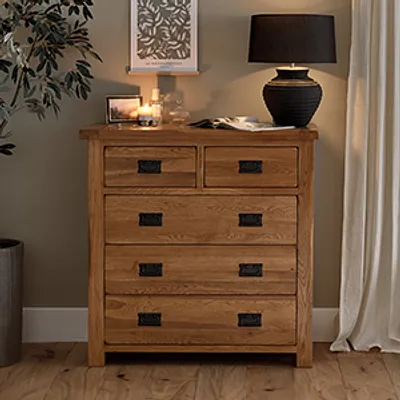
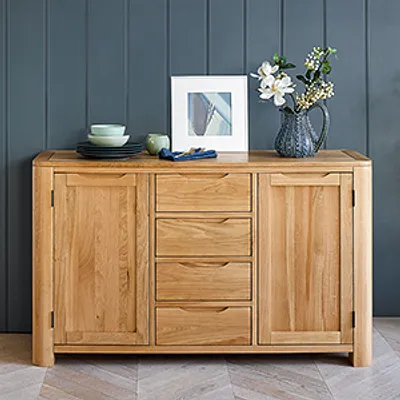
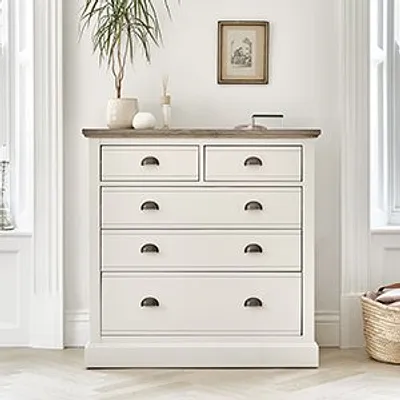
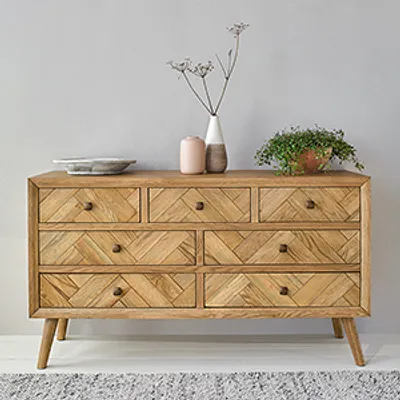
 Mirrors
Mirrors
 Lamps
Lamps
 Clocks
Clocks
 Wall Art
Wall Art
















